The world of typography has been significantly enriched by the influence of Asian calligraphy, particularly from Chinese and Japanese traditions.
This interplay has led to the development of unique fonts that bridge cultural aesthetics and modern design, resulting in a vibrant landscape of typefaces that incorporate both Asian and Western elements.
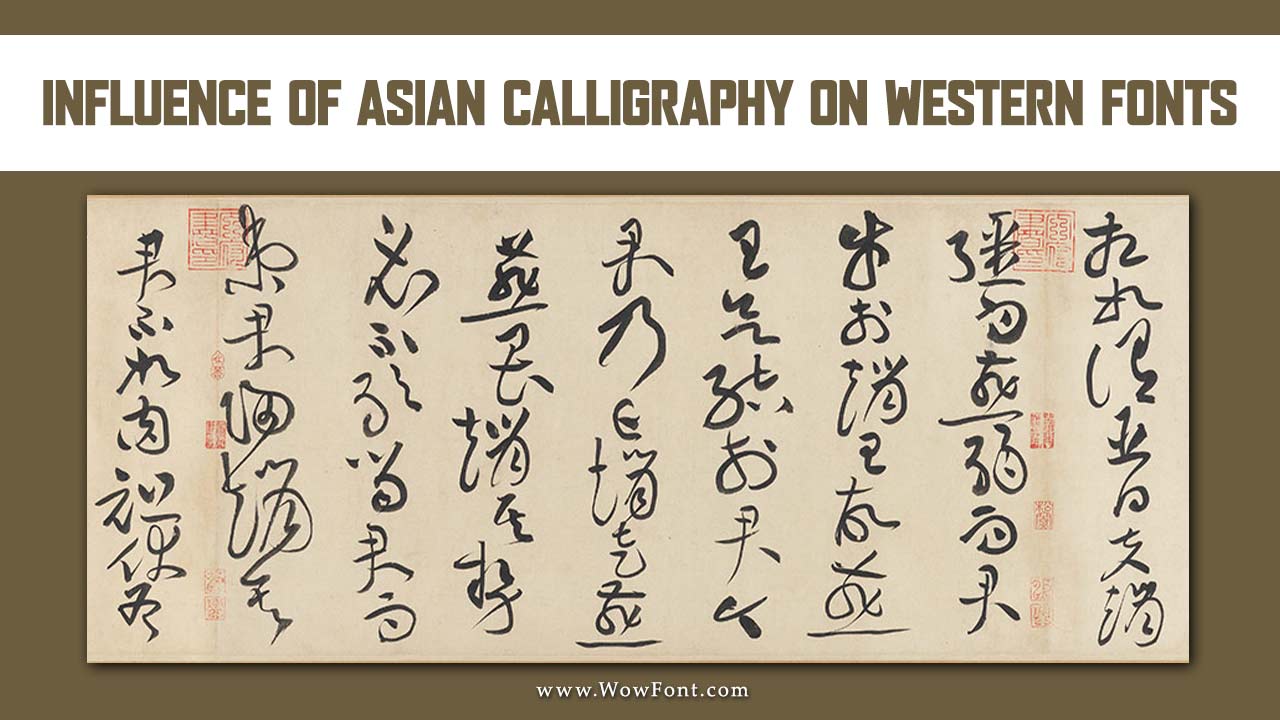
The Essence Of Asian Calligraphy
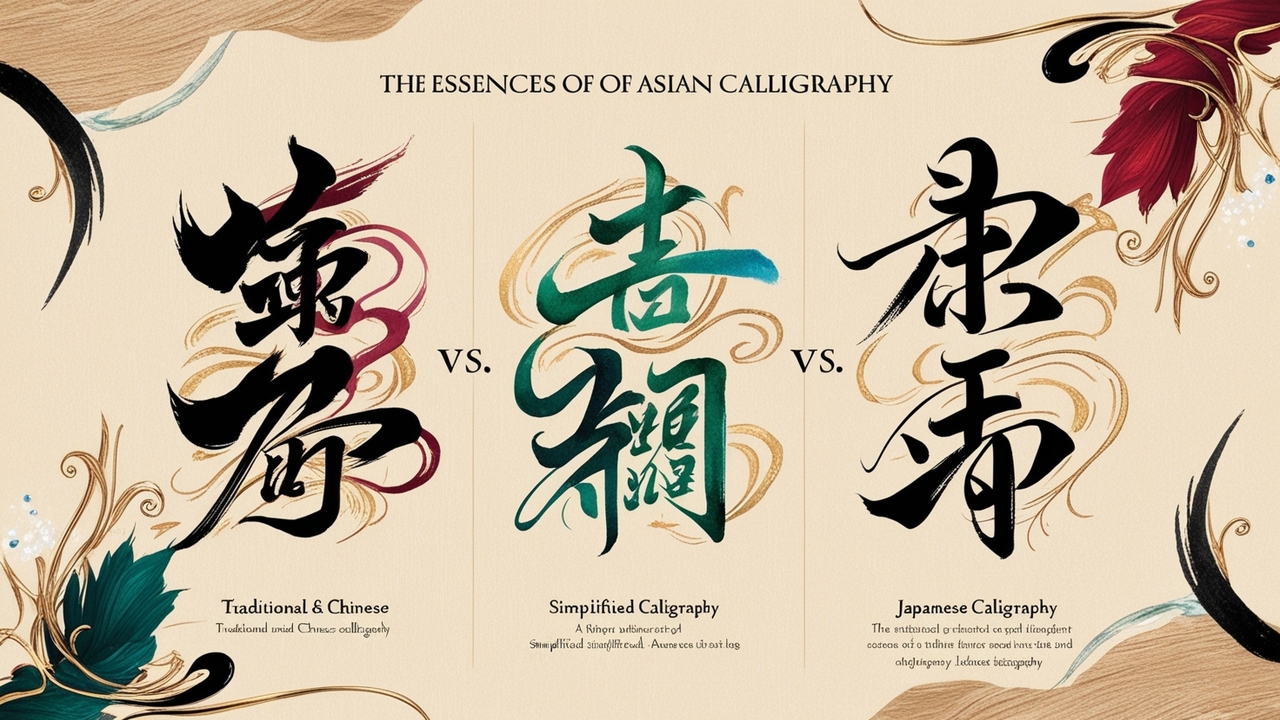
Chinese Calligraphy
Chinese calligraphy is a revered art form that embodies the aesthetics of Chinese culture. It employs brush strokes to create expressive characters, with each stroke conveying emotion and fluidity. Traditional Chinese characters, known as Hanzi, are complex and often intricate, influencing the development of various Chinese typefaces.
Traditional vs. Simplified Chinese
The distinction between traditional Chinese and simplified Chinese writing has also impacted font design. Traditional characters retain their elaborate forms, while simplified characters focus on clarity and ease of reading. This differentiation has led to the creation of various Chinese fonts that cater to different audiences and purposes, including modern fonts suitable for digital platforms.
Japanese Calligraphy
Japanese calligraphy, or Shodō, similarly emphasizes the beauty of written language. It incorporates Chinese characters alongside native Japanese scripts like Hiragana and Katakana. This blend has resulted in a rich tapestry of Japanese style fonts, characterized by elegance and artistic expression.
The Impact On Western Fonts
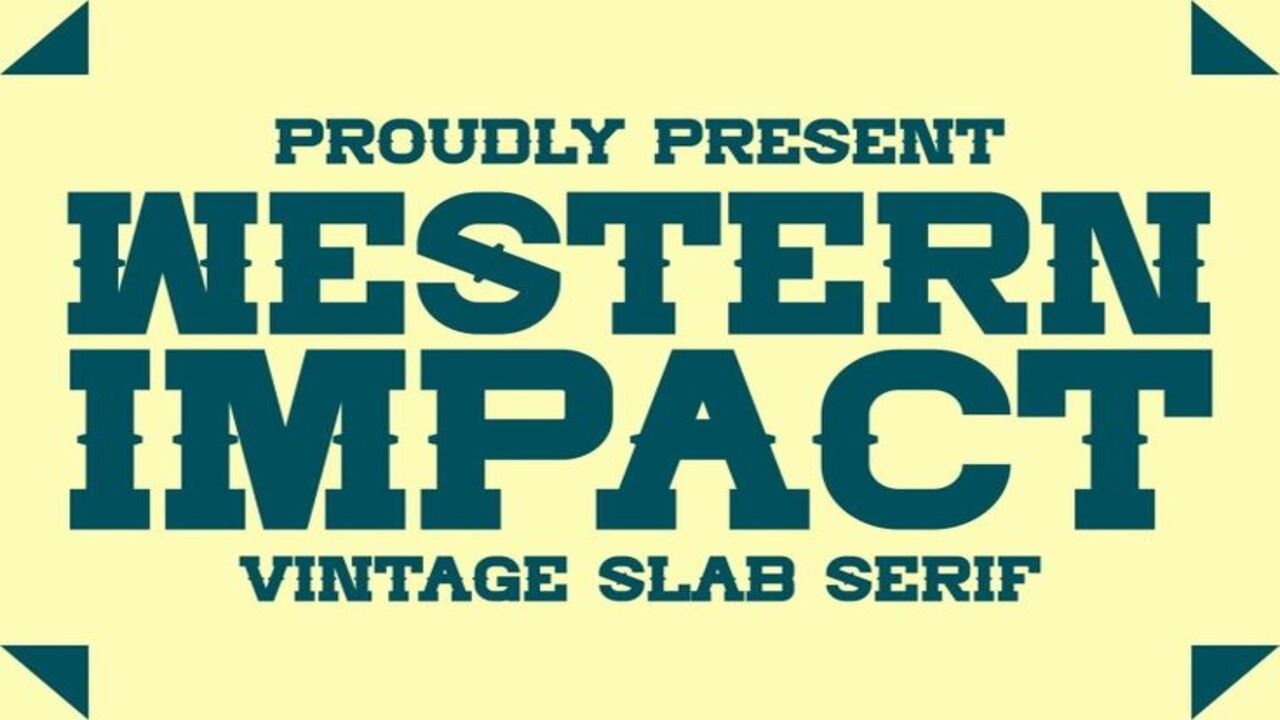
Bridging Cultures In Typography
The influence of Asian calligraphy on Western fonts is evident in several ways. Designers have drawn inspiration from the fluid strokes and artistic expressions found in Asian characters. This cross-cultural exchange has led to the creation of decorative fonts and script fonts that mimic the aesthetics of calligraphy.
Serif And Sans Serif Fonts
While traditional Western fonts like serif and sans serif have their roots in European typographic history, Asian calligraphy has introduced new stylistic elements. Some Western typefaces incorporate curves and strokes reminiscent of brush fonts, enhancing their visual appeal. For instance, modern serif fonts may exhibit subtle curves inspired by the graceful strokes of East Asian calligraphy.
Display And Brush Fonts
Display fonts and brush fonts have gained popularity, capturing the artistic essence of Asian calligraphy. These fonts often feature exaggerated forms and vibrant styles, making them ideal for use in logos and advertising. By embracing the aesthetics of Asian calligraphy, designers can create more expressive and culturally resonant designs.
Multilingual Support
The growing need for multilingual support in digital platforms has also fueled the incorporation of Asian typography into Western design. Many modern typefaces now include alternate glyphs to accommodate Asian characters, ensuring that designers can create cohesive designs that resonate with diverse audiences.
Modern Calligraphy And Graffiti Fonts
The rise of modern calligraphy and graffiti fonts has further blurred the lines between traditional and contemporary styles. These fonts often take cues from Asian calligraphy techniques, resulting in playful and dynamic lettering styles. The artistic freedom associated with these modern interpretations invites experimentation and innovation in typography.
Conclusion
The influence of Asian calligraphy on Western fonts has created a rich dialogue between cultures, resulting in a diverse array of typefaces that celebrate both tradition and modernity. This fusion not only enhances visual communication but also fosters a deeper appreciation for the art of writing across different cultures.
FAQs
1.How Has Asian Calligraphy Influenced Western Fonts?
Asian calligraphy has introduced artistic elements and fluidity to Western fonts, inspiring decorative and script typefaces that mimic its elegance.
2.What Are The Differences Between Traditional And Simplified Chinese Fonts?
Traditional Chinese fonts feature intricate characters, while simplified Chinese fonts focus on clarity and ease of reading, resulting in different font styles.
3.What Is The Significance Of Multilingual Support In Typography?
Multilingual support ensures that typefaces can accommodate various languages, including Asian characters, allowing for cohesive and inclusive designs.
4.What Are Brush Fonts?
Brush fonts are typefaces that mimic the strokes made by a brush, often inspired by the fluidity of Asian calligraphy, making them expressive and decorative.
5.How Do Modern Calligraphy And Graffiti Fonts Relate To Asian Calligraphy?
Both modern calligraphy and graffiti fonts draw inspiration from the artistic techniques of Asian calligraphy, resulting in dynamic and playful lettering styles.
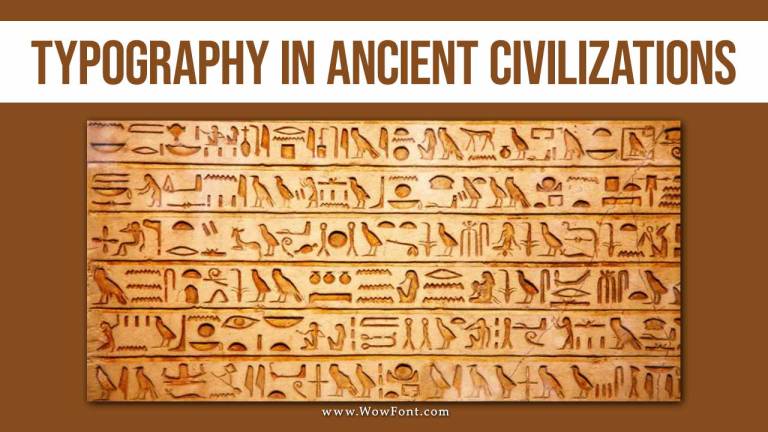
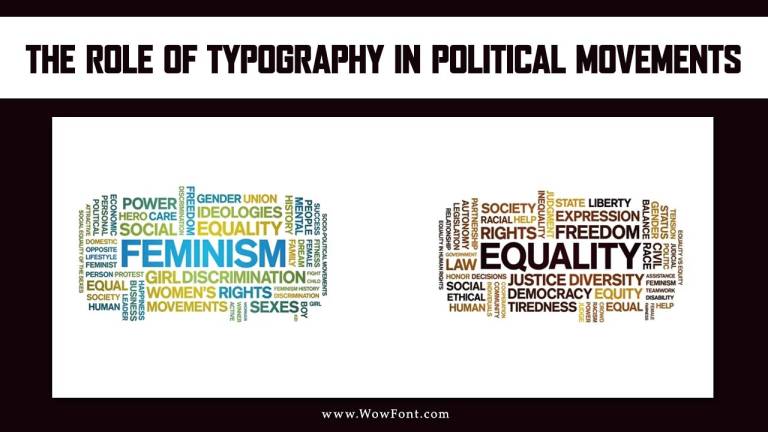
Leave a Comment